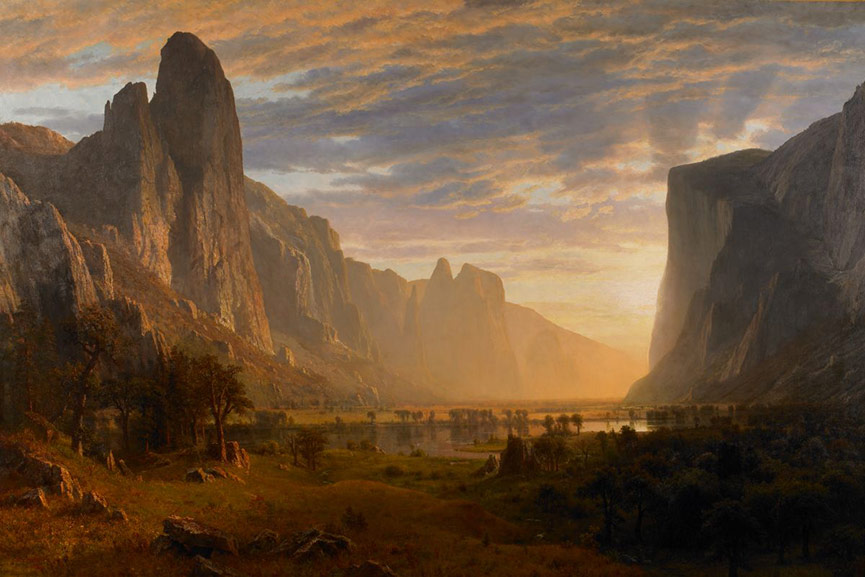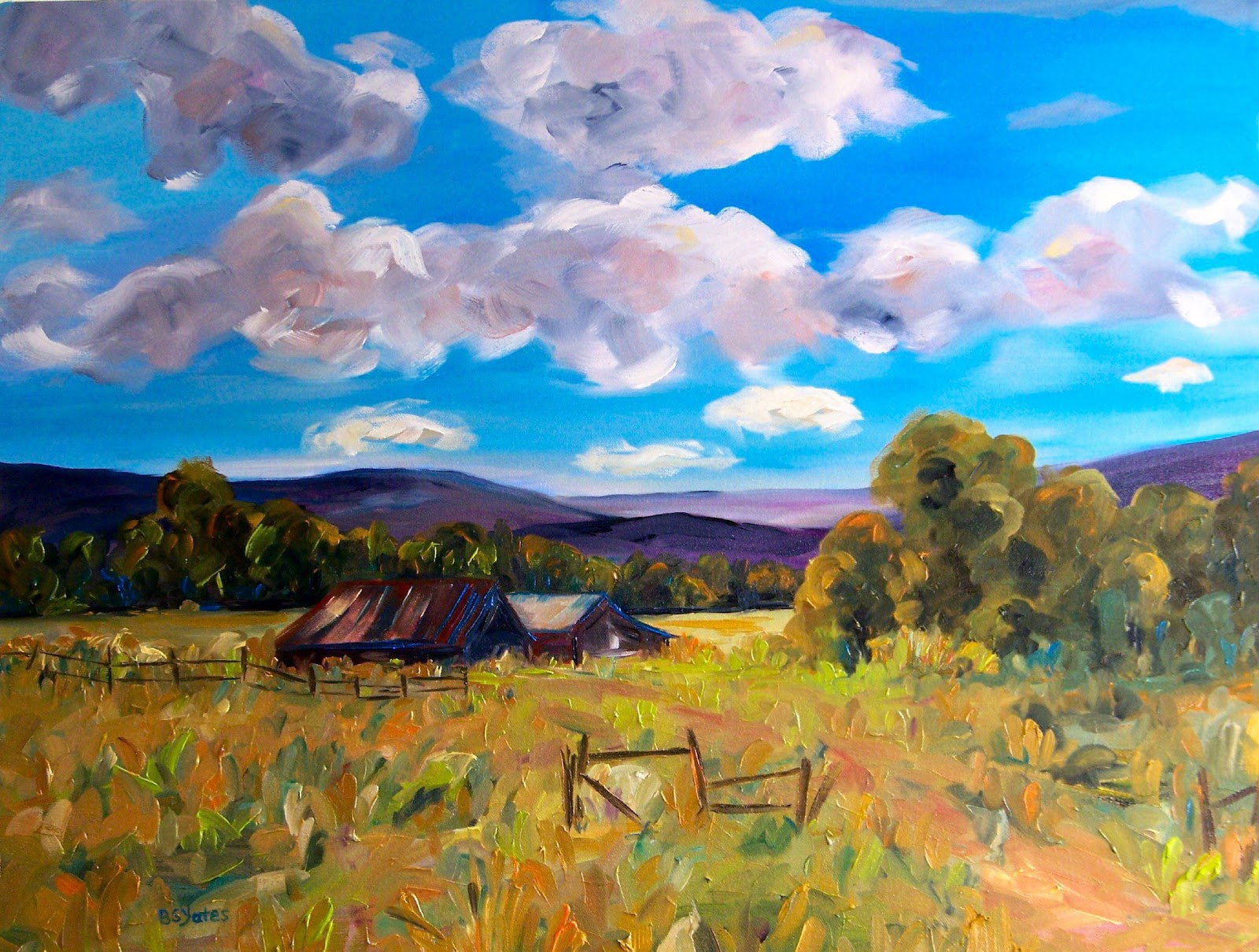


Additionally, he traveled to the West and Canada. According to some commentators, Bierstadt’s depictions of Native Americans “dimmed” the “image of lonely grandeur.”īierstadt’s wife had tuberculosis in 1876, and he spent time with her in the gentler atmosphere of Nassau, Bahamas, until her death in 1893. His solo exhibitions were financed by advertising, ticket sales, and a “vast machinery of marketing and puffery,” as one critic put it.ĭespite his widespread popularity, Bierstadt was criticised by some contemporaries for the romanticism inherent in his subject selection and excessive use of light. Their style was characterized by highly detailed paintings illuminated by a romantic, almost luminous light, a technique usually referred to as luminism.īierstadt is often identified with the Rocky Mountain School as a key interpreter of the western landscape.īierstadt’s grandeur themes matched his commercial savvy. He was a member of the Hudson River School’s second generation, an informal group of like-minded painters who started painting along the Hudson River in New York. He returned to Düsseldorf for many years to study painting.

He painted the countryside on several Westward Expansion excursions.Īlthough he was not the first to record the places, he was the most prolific painter of them for the remainder of the nineteenth century.īierstadt was born in Prussia but moved to America with his family when he was a year old. Albert BierstadtĪlbert Bierstadt (Janu– February 18, 1902) was a German-American landscape painter best known for his sumptuous, expansive views of the American West.

The Detroit Institute of Arts has about 2,500 of these drawings. He also drew hundreds of drawings on a variety of subjects. He characterized his complicated connection with the American environment in esthetic, emotional, and spiritual terms in an 1836 piece titled “American Scenery.” Durand and Frederic Edwin Church, who were members of the art movement eventually dubbed the Hudson River School.Ĭhurch studied under Cole from 1844 to 1846, when he picked up Cole’s approach of sketching from nature and afterwards producing an idealized, completed composition Cole’s influence is especially noticeable in Church’s early works.Ĭole is most recognized for his work as a landscape artist in America. He began his career as a portrait painter in 1822 and eventually moved his concentration to landscape painting.Ĭole inspired his friends, particularly Asher B. As a painter, he was mostly self-taught, depending on books and seeing the work of other painters. He relocated to Philadelphia at the age of 22 and then to Catskill, New York, in 1825, where he resided with his wife and children until his death in 1848.Ĭole began his career as an engraver. Cole is renowned for his romantic depictions of the American environment in his art.Ĭole was born in Bolton le Moors, Lancashire, in 1801, and moved to the United States in 1818 with his family, settling in Steubenville, Ohio. He is widely considered as the creator of the Hudson River School, a flourishing American art movement in the mid-nineteenth century. Thomas Cole (Febru– February 11, 1848) was an English landscape and historical painter.


 0 kommentar(er)
0 kommentar(er)
